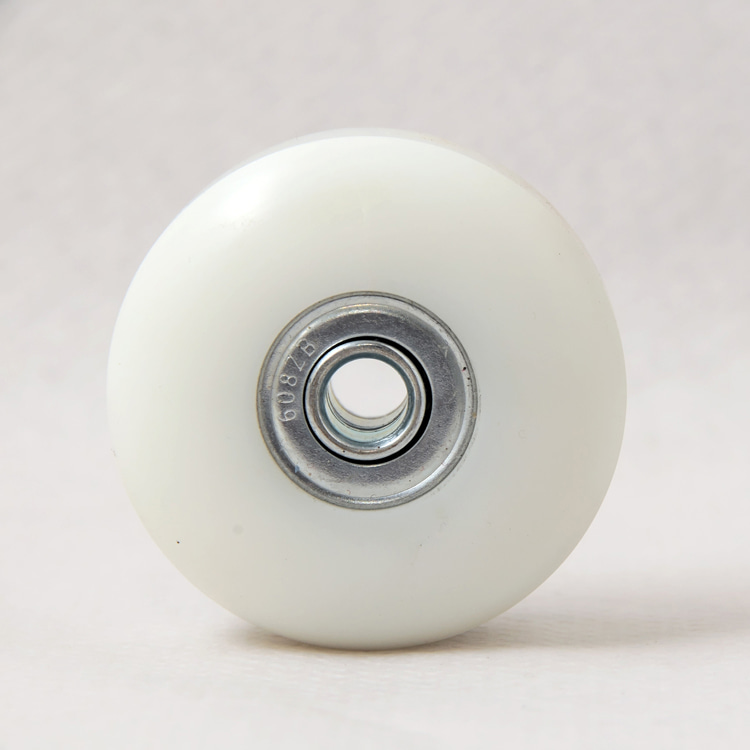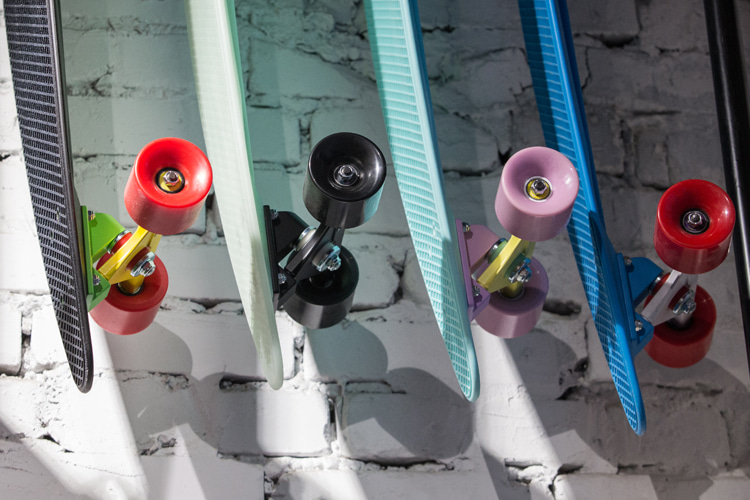Skateboarding has evolved into an art form and a competitive sport thanks to an ingenious invention in the early 1970s: polyurethane skateboard wheels.
These wheels replaced the old metal or ceramic ones and brought a revolution in terms of grip, durability, and shock absorption.
The transformation from clay and metal to polyurethane made jumps and tight cornering possible.
The new material offered improved grip on riding surfaces, enhancing shock absorption and adding a touch of resilience to the wheels.
These advantages put a new spin on skateboarding, quite literally.
Skateboard wheels have evolved to become more than just functional components.
Today, they are available in different sizes, various hardness levels, a plethora of colors, and unique graphic designs.
These variations offer riders both practical and aesthetic considerations, turning the wheels into a canvas for self-expression.
Making the Molds
The creation of skateboard wheels starts with computerized designs, guiding cutting tools to carve solid aluminum pucks.
The tools transform the puck into one-half of a wheel mold, followed by the computerized tooling sculpting another puck to fit the first one perfectly.
Not all molds are two-part versions, though.
Some are one-piece structures with a central pin to form a bearing cavity.
Pouring and Baking
Once the molds are ready, a nozzle dispenses freshly mixed polyurethane liquid into them.
The liquid starts to solidify immediately, and the polyurethane-filled molds are then baked at 239 °F (115 °C) for 40 minutes.
This baking process ensures any bubbles rise and are diffused, leaving solid forms without weak spots.

Fine-Tuning
After baking, workers remove pins from the molds and use compressed air to release the wheels.
A worker may demonstrate the wheel's high rebound, an indication that it will roll with little drag.
The wheel is then clamped in a lathe, spinning while an automatic cutter contours the edges to a softer profile.
A durometer gauge is then used to ensure the urethane has cured to the proper hardness.
Adding Visual Impact
To make the wheels visually appealing, artists select graphic designs on a computer and print a film negative.
They use this negative to produce a printing plate from a metal coated with a light-sensitive substance known as emulsion.
This triggers a photochemical reaction, transferring the image to the plate.
The inked image is then stamped onto the skateboard wheel, adding a personalized touch.
Final Testing and Shipping
The last steps include a technician clamping a wheel into a testing device to gauge rebound.
Once the high rebound is confirmed, the wheels are cleared for shipping.
They are wrapped in plastic and heat-shrunk, ready to meet their new owners.
It usually takes about three days to manufacture skateboard wheels, but their longevity depends a lot on the rider and how they roll.
So, the next time you see someone executing a perfect ollie or cornering with precision, you'll know the science and artistry behind those seemingly simple wheels.
